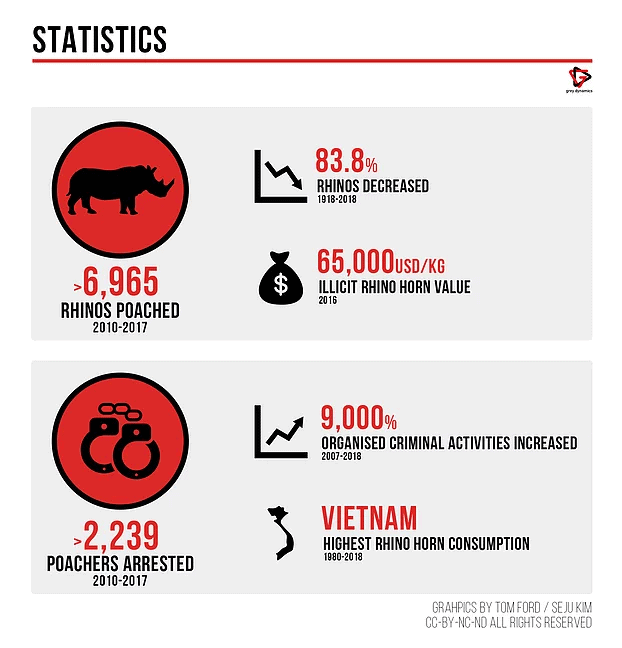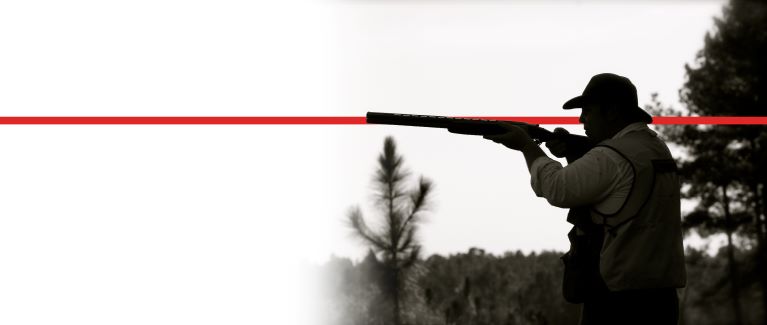The poaching of animals on private land is nothing new. It is one of the oldest crimes that humanity has recorded. However, what was once an effort to preserve one’s flock has taken on a much more generous and compassionate character. The illicit trade in exotic animal goods, such as elephant and rhino tusks, rare pelts, and even the body parts of specific sea life, such as shark fins, has not failed to find a market in the twenty-first century. This poacher market has resulted in some exciting developments in opposing it. This article will examine, specifically, the South African real-time analysis efforts, both state-sponsored and private.
The first point is that South Africa is no stranger to counter-poaching. It has had both private and government efforts for many decades. However, the colonial and postcolonial legacy have tempered this experience. Much of the literature surrounding these efforts highlights the race of the teams, an ongoing issue in the country. This indicates that other old habits and biases in practice may lurk in the continuing efforts.
The focus of counter-poaching in South Africa (particularly with private endeavours) appears to be primarily on simply stopping the poachers. The main focus is on the front of the problem and less on the market that drives it and the groups facilitating it. In other words, the underlying cause of the poaching is not addressed. Those in the private sector believe that this is difficult/impossible to stop. They think they can only bring it down to acceptable levels. This is partly due to South Africa’s ongoing struggle with crime and insecurity. Crime puts excess strain on the police force and draws the focus of the private security industry.
The South African government made improvements to increase the professionalism of the counter-poaching industry. They accomplished this by introducing several factors. A clear example is regulations and requirements in training, such as armed guards with basic instruction in counter-poaching. It has also refocused most of the South African Ranger Corps on the counter-poaching mission. However, this still falls into the cognitive trap of believing it to be a military issue solvable with force.

Furthermore, the revelation of Grace Mugabe‘s leading role in a significant Zimbabwean poaching syndicate emphasises South African counter-poaching’s broader, transnational difficulties. The presence of interests in the immediate vicinity willing to deliberately oppose efforts to halt or disrupt the organised poaching trade is one of the biggest problems in South Africa. However, this highlights the need for greater international cooperation from countries, both internal and external to the region, to counter such enormous obstacles. This cooperation must also consider the complex situation regarding actors such as Zimbabwean leaders. However, because this was not a governmental effort but the private effort of a high-profile individual, it may allow certain diplomatic freedoms in the broader efforts to counter similar operations.
The increase in the presence of organised crime groups since 2007 has increased the complexity and scale of the issue. To be precise, there has been a 9,000% increase in activity. This means that by working as organised crime syndicates, the poaching groups fall into recognised categories and models, and the means to combat them come from other areas. These areas specifically would be intelligence analysis and detection.
Rather than applying military principles of guarding set areas or individuals and aiming to destroy an enemy, the processes more often associated with intelligence, such as real-time analysis and detection, are applied to counter an organised crime syndicate or network. As Stanley McChrystal emphasised whilst commanding US Special Forces against Al-Qaeda in Iraq in the early 2000, “It takes a network to defeat a network”. So, he sought to bring in every available resource and discipline from all departments to improve the task force’s capabilities. The same principle can be applied to South African counter-poaching, which is indeed in its infant stages.
The Ezemvelo KZN Wildlife Conservation Agency is responsible for one of the hardest-hit parks in the country. It has begun using technological tools and networking with local agencies and services. This endeavour uses a nerve centre structure, with the hub based at Ezemvelo’s new facility in Hluhluwe-iMfolozi (HiP) Park. This centre allows the aggregation of data in a single location for the planning and execution of counter-poaching. Real-time analysis from an array of park inputs that are static/passive and mobile or man-portable. This has created what they named the Smart Park system—drawing on all available sources to make the big picture of the park and its environment.
The agency applies automated data analysis to process data and predict trends using Microsoft Azure. However, this may not be enough. This is because of data analysis’s inherent flaws and because the problem is more significant than HiP and not local to South Africa. The types of systems in HiP and the network of counter-poaching efforts need to expand across borders. This, however, also requires similar levels of commitment from prospective partners to counter-poaching. The United States Department of State has provided a grant of financial support to the Ezemvelo effort. However, moral and financial support and the most effective type of assistance may not be sufficient.
The commitment of state and non-state partners would benefit the region by disrupting poaching and organised transnational crime. Network analysis from more forensic and real-time analysis-led approaches could allow the customers of this market to be found and appropriately dealt with wherever they may be. The emerging consumer appears primarily from Southeast Asia, so a broad approach is needed.
The losses amongst endangered species exemplify the need for a new method or greater integration of what Ezemvelo has begun. Data illustrates these losses using rhinoceroses as a specific metric. Wild rhinos have dropped from roughly half a million to 30,000 in the last hundred years. The added benefit of tackling organised crime incentivizes states to be more forthcoming with their assistance. It would also allow them to leverage existing capabilities to fight these opponents.

